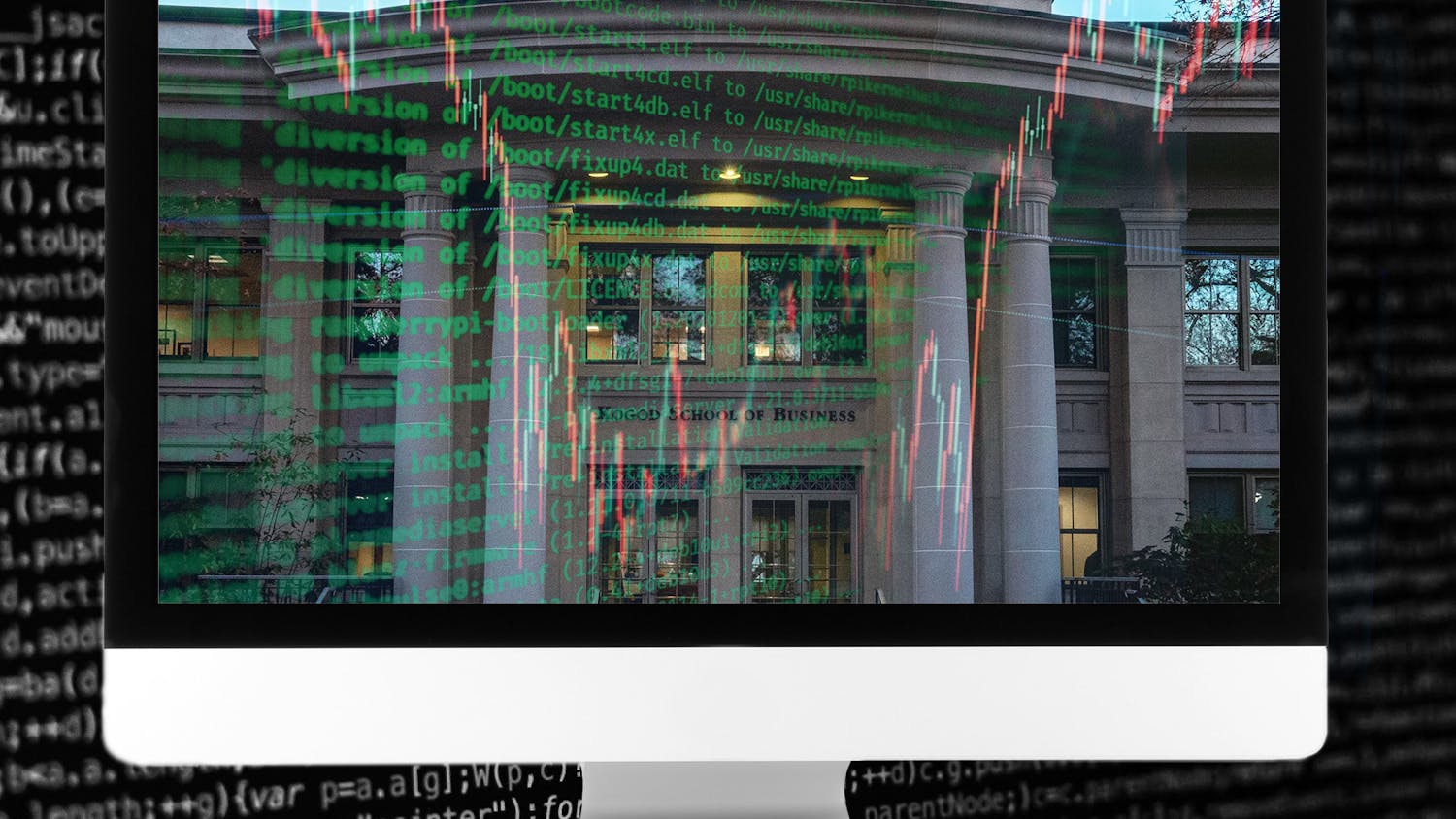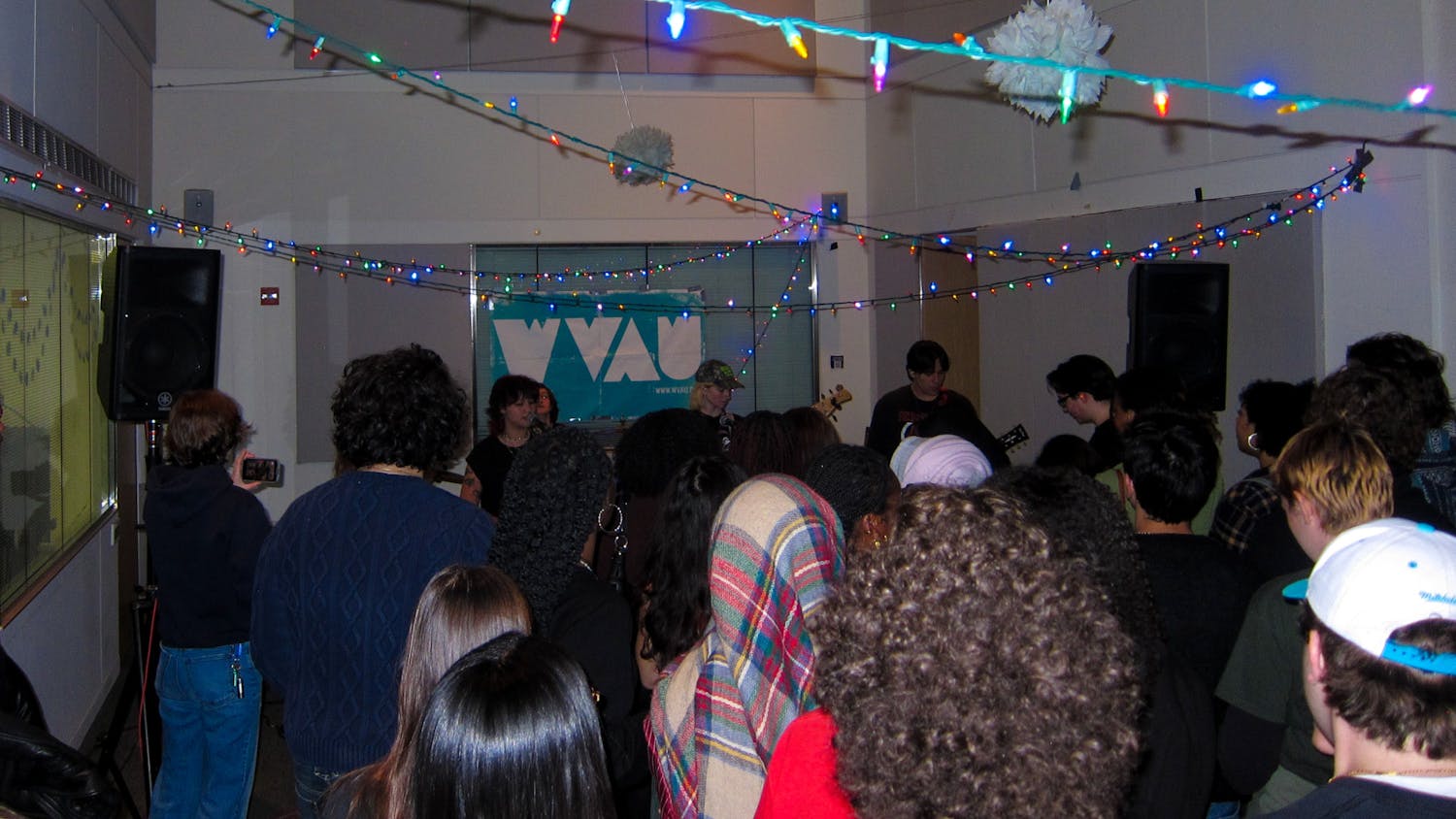Many news editors practice self-censorship of graphic images and descriptions of the Iraq war, and news organizations often use the Internet to publish information they don't offer in other media, according to a report published in mid-March by School of Communication professors Jane Hall and M.J. Bear.
The professors designed a survey, completed by 210 media professionals representing news organizations from around the world, that provides first-hand accounts of how editorial decisions concerning the publication of graphic wartime images are made.
Bear and Hall's primary objective in designing the survey was to find out how editors decide what information to publish, a subject on which there is no existing statistical information, the professors said.
A majority of respondents reported that their organizations do not have explicit rules regulating what kind of images and information could be published. Twenty percent of respondents who work in newsrooms said that reports were edited for "reasons other than basic style and length."
These editorial decisions, Bear and Hall concluded, were made on a case-by-case basis, with much thought and discussion over what is suitable for the public. The images of the abuse at the Abu Ghraib prison, the desecration of the corpses of four American contractors in Fallujah and insurgents' footage of hostages were the most hotly debated.
"It was interesting to see that there was a lot of grappling over these issues," Hall said.
The motivation for self-censorship was apparently concern for the sentiment of the American public. One survey respondent said, "We want to show what is happening, but also to avoid causing unnecessary shock and distress to viewers."
Hall and Bear acknowledged the difficulty of reporting the reality of war while maintaining concern for the public's aversion to graphic images. Hall said the practice of this concern is a "good sign" that editors are conscientious about what to publish and how.
"They are thinking about the audience in ways that are significant," Hall said.
Though both professors agreed that editors practice self-censorship because of a sense of responsibility to the public, Bear was concerned about "sanitization" of some stories in American mass media.
"When we try and be sensitive to the audience, are we still reporting the full story?" Bear asked. "That's where the media needs to work. They don't always publish the whole story."
Respondents working for European and Middle Eastern news organizations reported having fewer restrictions on what they could publish compared with those in the American media.
The other significant conclusion drawn from the survey is that news organizations use the Internet to publish information that they do not produce through print and broadcast media. About half of the respondents said that they used their organizations' Web sites to publish material not available through other channels.
"It was surprising to see the extent to which people were using the Internet," Hall said. "It's the mainstreaming of the Net."
Bear also talked about the Internet as a revolutionary information source.
"People are realizing that the Internet is a great publishing tool. It complements other media," said Bear, who has worked as an Internet consultant for 10 years. "It doesn't just regurgitate other media."
Thirty percent of the journalists said filing reports online enabled them to cover events more comprehensively.
These journalists used the Internet to publish information their publications and TV programs did not have room for, such as photographs, first-person narratives and behind-the-scenes accounts of wartime journalist life.
Although the majority used the Internet to publish information not available in other media, they did not use it to publish images and information deemed inappropriate for print and broadcast. Five respondents reported posting information on the Internet that was censored out of other media.
"The phenomenon of digital media provides instantaneous communication and thousands of pictures, and people are making their best judgments as things come up," Bear said. "Because of the Internet, this is a new era for mainstream media."
The survey did not produce answers to some of the most pointed questions surrounding the coverage of the war, such as whether or not civilian casualties were ignored and whether more images of American or Iraqi dead were shown.
Journalists' assessments of these issues, such as one respondent's account that "the real damage of the war on the civilian population was uniformly omitted," cannot be synthesized into statistical conclusions, Bear said.
"It's really good to read the narratives, but you have to take them as individual responses," Bear said. "A few people would say something interesting, but it wasn't enough to show a big trend."
An article in the Columbia Journalism Review praises Hall and Bear's work as "a great new report" and "the first comprehensive attempt to understand the realities that shape war coverage, instead of tossing around half-baked partisan accusations and unfounded claims."
Both professors are pleased with the results of the survey, each saying they were surprised by the forthrightness of the responses.
"It's the first study to ask people on the ground and at home how they decide what to publish," Hall said. "That decision-making process is very significant."
Bear said she was pleased with the survey results because "they verify what I've known"




